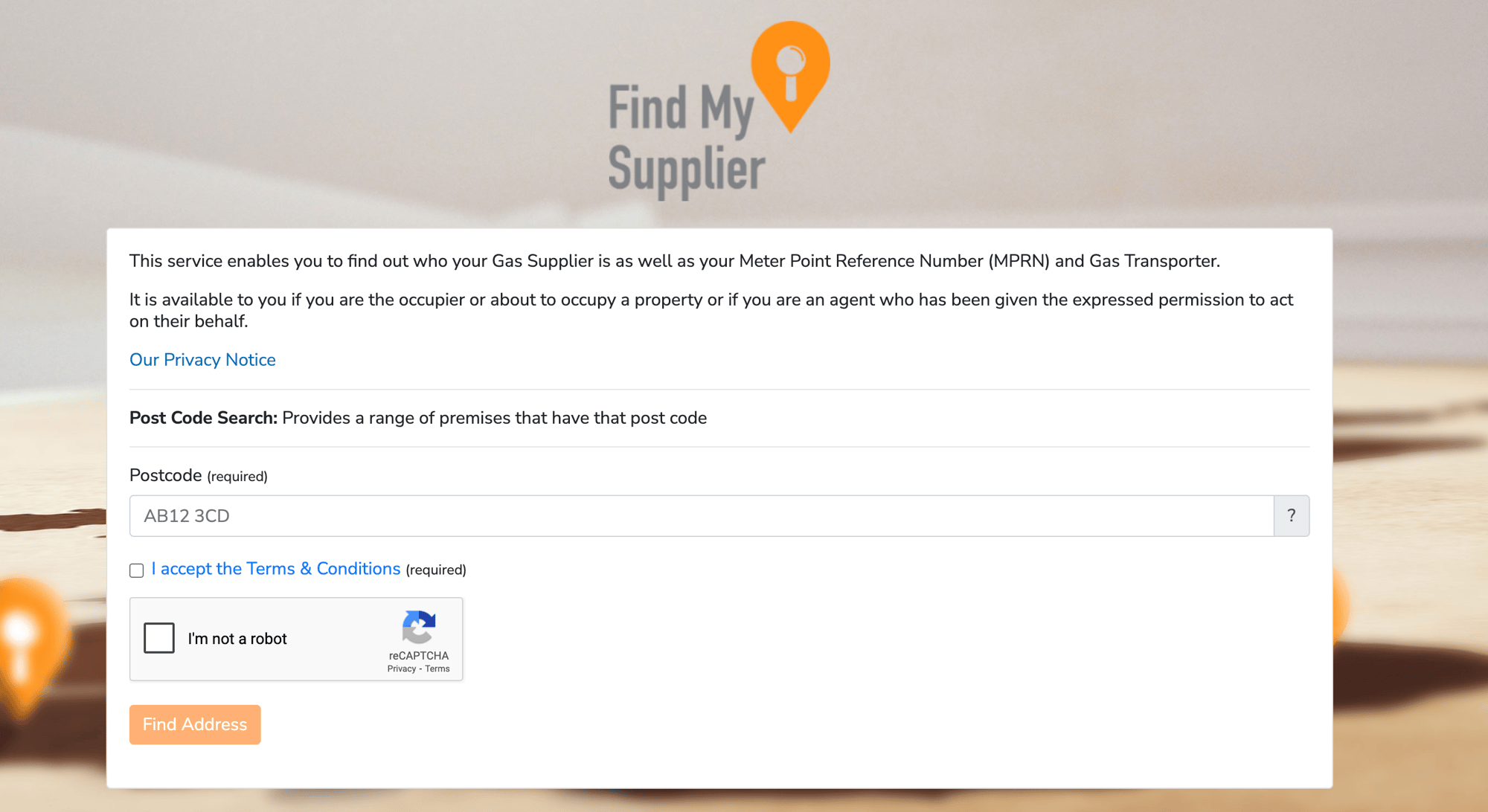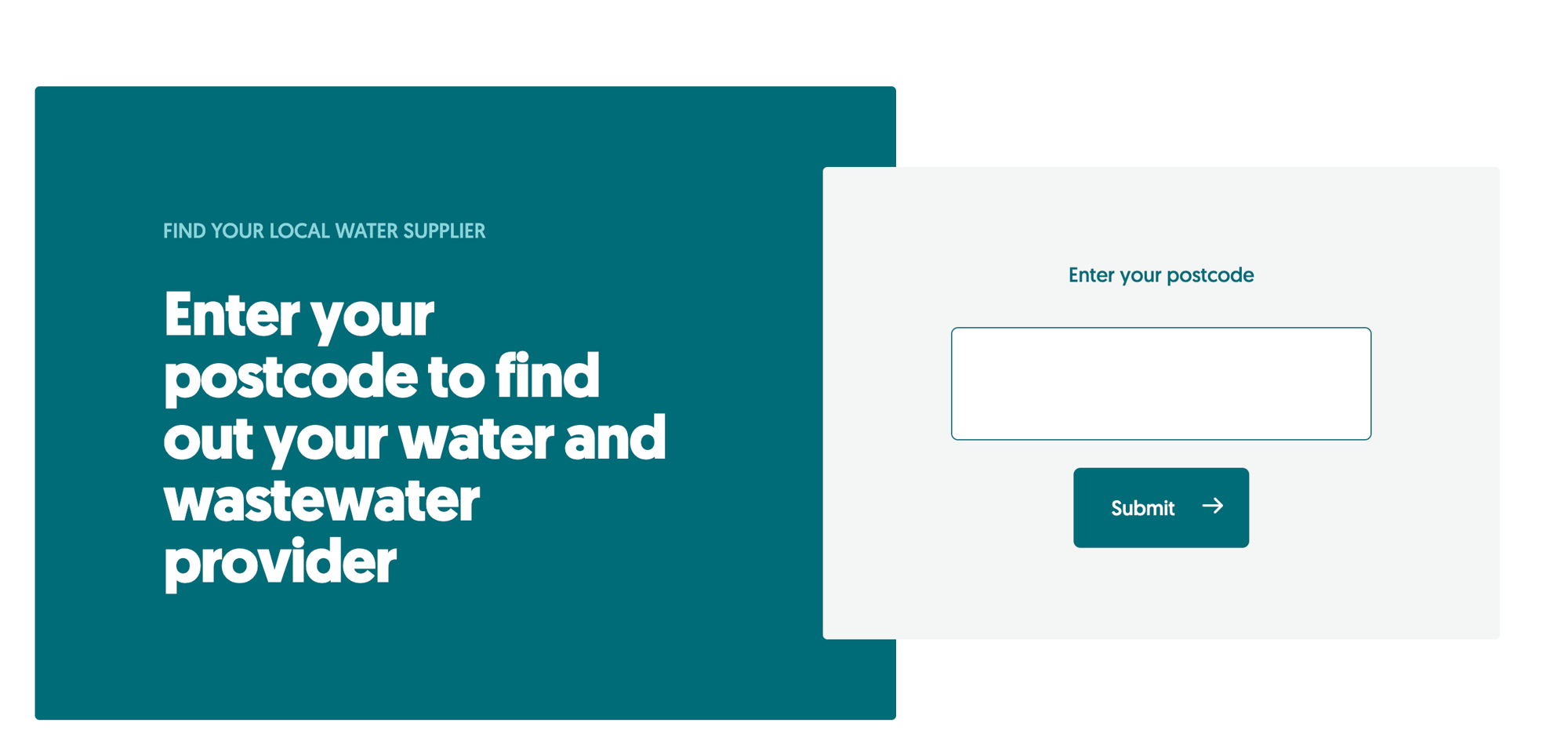Quick links:
- New home, new bills
- The move-in day energy checklist
- Tenant's rights: Can you really switch your supplier?
- How to find a better energy deal and make the switch
- Tenants: take control of your energy from day one
New home, new bills
If you’re a tenant moving into a new home, your to-do list can feel overwhelming.
Take a deep breath. Everything is totally manageable. All you need to do is take things step by step.
If you haven’t already agreed on a move-in date, that’s your first priority.
After that, tackle your future utility bills as early as possible by sorting out (and potentially switching) your energy supplier.
Unless you’re in a ‘bills included’ agreement, you’re responsible for arranging and paying your own utility bills. So why settle for whatever the old supplier is offering when you can shop around and choose whatever deal suits you best?
In this guide, you’ll find out how to take control of your energy supply and enjoy more affordable monthly payments in just a few simple steps…
The move-in day energy checklist
Time for the big day? Let’s run through the steps you must take to get your energy supply sorted as quickly and efficiently as possible.
If you’re worried about more than just energy and want a complete guide to moving home, our ultimate moving-in checklist helps you through everything you could ever need.
Step 1: Find your meters
Find your meters first. Not every property has all types of meter, but the main ones to look for are:
- Gas: This squat box is usually located in a meter box outside the property, in a utility cupboard, or even near the boiler. It will have outlet pipes that lead to gas appliances throughout your home. The gas meter records your usage using either analogue imperial/metric units or a digital display, with most measurements usually followed by ‘M3’. Click here to see what a gas meter looks like.
- Electricity:
- These meters are typically smaller than gas meters and are usually light grey. You’ll find yours in an external meter box or a utility cupboard, generally next to your electrical fuse box.
- The best way to tell an electricity meter apart from a gas meter is that any reading is accompanied by KWH instead of M3.
- If you’re still confused, see examples in our guide to what an electricity meter looks like.
- Water:
- These are harder to spot than the others, as they’re usually quite small and are tucked underground beneath a panel marked ‘Water’.
- Look at any footpaths outside of your property to see if it’s there. If it isn’t and you need to look indoors, check near your water stop tap.
- If you’re in a block of flats, your meter may be in a communal meter cabinet.
Step 2: Take readings
Take readings once you’ve found your meters. Record the numbers displayed on each meter. These will vary depending on whether they’re analogue, digital or smart meters.
To make things easy, take a photo of each display and then use our ultimate guide to energy meter reading to make sure you’ve noted the correct measurements.
Your smartphone will include the date and time in its metadata, so it is the best thing to use. You’ll be able to easily prove that you took the photos at the right time and date.
Step 3: Find your current supplier
You need to contact the current supplier, even if you don’t plan to stay with them. Look out for any letters addressed ‘to the occupier’. You can also ask the landlord or letting agent directly. Check out our guide to finding your supplier to learn more.
If you’re still having no luck, you can use these online resources:
- Find your electricity supplier:
- Find your distribution network operator using this tool.
- A DNO is not your supplier, but they can help you identify yours.
- Contact your DNO and ask for details about which supplier covers your property.

Image: ENA Electricity Operator Finder Tool
- Gas:
- The ‘Find my supplier’ tool from the Meter Point Administration Service makes it easy to find a gas supplier.
- Just input your postcode and find your house number; the tool will do the rest!

Image: Find My Supplier Tool
- Water:
- Like gas, it’s easy to find your water supplier in one step by sticking your postcode into this online tool.

Image: Water UK Find My Water Provider Tool
Why is finding your supplier so important?
Contact your existing suppliers as early as possible so you don’t end up on the more expensive ‘deemed rates’. This is a supplier’s default charge and is almost always more expensive than their contracted rate. The faster you switch from deemed rates to a contract, the more money you could save.
Tenant's rights: Can you really switch your supplier?
As a tenant, you should never expect the ex-tenant’s supplier to offer you the best deal. It almost always pays to shop around and find a better tariff.
Some tenants wrongly assume that they won’t be allowed to change energy suppliers unless they own the home. Rental property doesn’t always have such strict rules, so it’s always worth checking whether you can switch.
Look at your tenancy agreement to see who’s responsible for handling energy and other utilities. Ideally, before you sign the contract, you know which responsibilities you’re signing up for.
👉 If you (the tenant) are responsible for energy bills
The person responsible for energy bills (AKA the liable party) needs to set up accounts with the supplier and arrange to pay the bill. If the bills are in your name, you are legally entitled to switch to any supplier you want.
Even if your tenancy agreement lists a preferred supplier, you’re free to ignore it and choose one that suits you, as long as you’re the one paying. Ofgem makes this clear by stating: "If you are responsible for paying the energy bills, your tenancy agreement cannot stop you from switching suppliers."
👉 What if your landlord pays for your energy?
If you’re on a ‘bills included’ package where the landlord arranges and pays for energy, you can’t switch suppliers yourself.
Landlords can only ever charge you what they pay for the energy. The laws around maximum resale pricing stop them from making a profit on energy. As a result, there’s nothing stopping you from asking your landlord to consider a switch if you’ve spotted a cheaper or greener deal that will benefit you both.
How to find a better energy deal and make the switch
Here’s a quick step-by-step showing you how to spot the best deals and switch. (If you’re responsible for the energy bill.)
1. Gather your information
To make switching as simple as possible, get all of your information to hand. Write down the following and keep them handy before you contact your supplier:
- The contact details for each supplier
- Your new address and postcode
- Your most recent meter readings
2. Compare pricing
Shopping around doesn’t need to be a hassle. There are loads of price comparison websites you can use, but stick to an Ofgem-accredited service to avoid any dodgy third-party deals.
You’ll see two types of tariffs:
- Fixed-rate tariffs: The price of energy is continually going up and down. A fixed-rate tariff offers a set rate for each unit of energy you use. If prices rise, you won’t have to pay more. If they drop, you won’t benefit. Read our fixed tariff guide to learn more.
- Variable tariffs: A variable tariff is more flexible and isn’t tied to a set timeframe. The price you pay will rise and fall with the market rate.
For most people, a fixed-rate tariff for 12 or 24 months gives more visibility and control over their bills, because they know exactly what they’re going to pay for at least a year. Variable tariffs are more flexible and open-ended, but the price you pay per unit of energy will fluctuate every three months with the Energy Price Cap.
3. Choose your new deal
Suppliers do all the hard work for you. Once you’ve picked a deal, the new supplier informs your old one and completes the switch. You’re all done!
4. Confirmation and completion
Switching energy suppliers is quick. Most deals are completed in less than five working days. You don’t need to contact your old supplier at all during this process. If your new supplier doesn’t finish the transfer within five days, you can apply for compensation.
If you change your mind for any reason, you can cancel your new contract within 14 days during the ‘cooling off’ period.
Bonus tip: simplify with all-in-one utilities
You can always sort out all of your basic utilities at once with a One Utility Bill package instead. Choose from a fixed or variable energy tariff, and there’s even the choice of Unlimited Energy.
Combine your choice of utilities into one easy monthly payment, and you don’t need to contact any suppliers. The One Utility Bill team does that for you.
Tenants: take control of your energy from day one
A new home is a fresh start. Get on top of your energy bills as early as possible to keep your costs low and control over your monthly outgoings. A recap of the key points:
- Review your tenancy agreement to find out who’s responsible for utility bills.
- Find all the meters on the day you move in and take readings. Back these up with photographs.
- Track down existing suppliers for each utility.
- Make your bills easier with One Utility Bill ✅
OR - Use an Ofgem-accredited comparison site to review other deals and contact the new supplier to arrange the switch.


